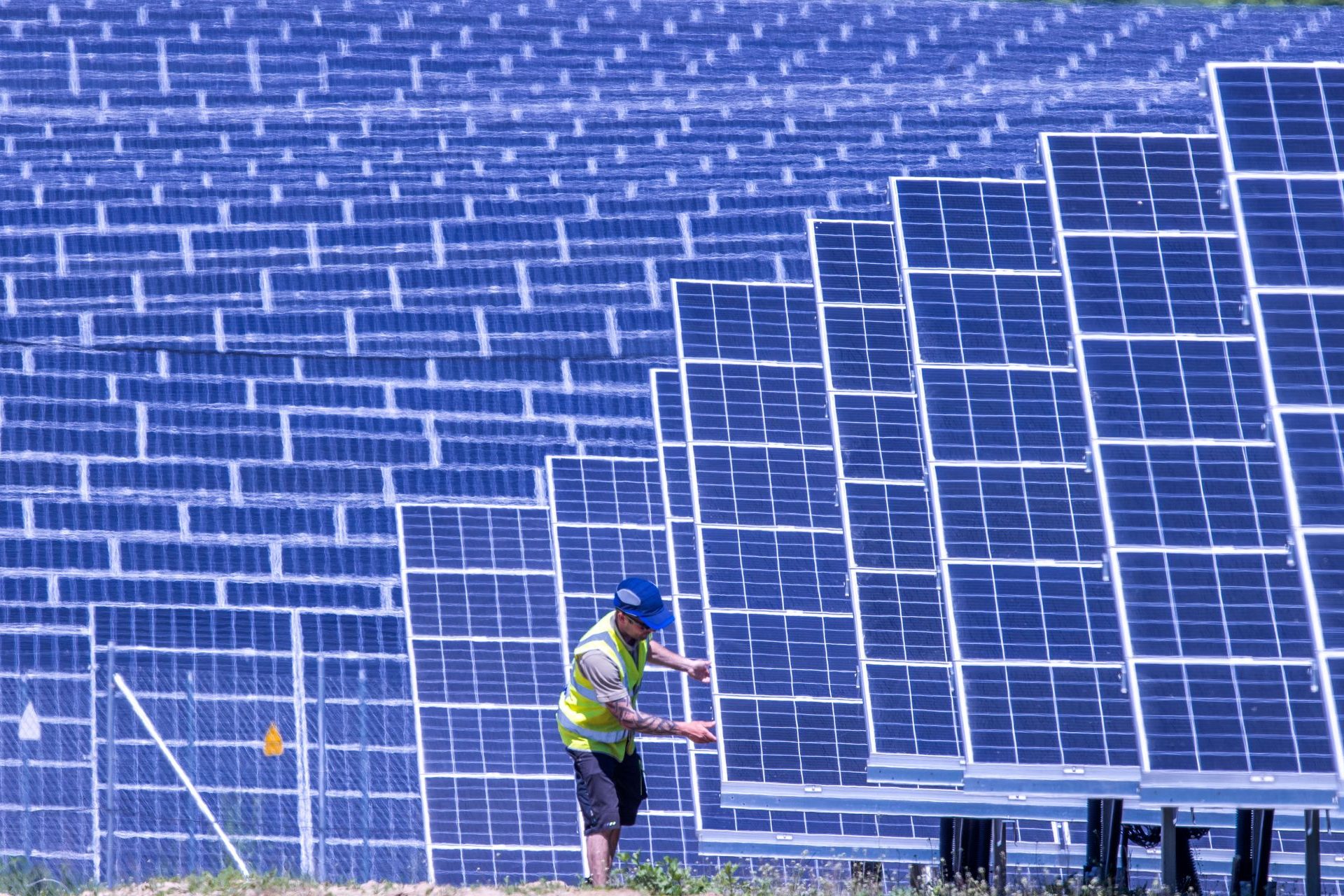Reducing CO2 emissions: how is the US doing compared to Europe?
Good news for the climate! Several developed countries have recently reported a record drop in their greenhouse gas emissions (GHGs) in 2023.
The French Ministry of Ecological Transition announced a drop of 4.8% in 2023 compared to the previous year, with 384.5 million tonnes of CO2 equivalent emitted in France. In 2022, the reduction was 2.7% compared to 2021.
“It’s a record year,” said the minister, Christophe Béchu according to the French television station TF1, adding that the reduction in a single year was almost equivalent to that of the entire period of 2012-2017.
For Christophe Béchu, all sectors of activity contributed to last year's performance, “notably construction and industry”, with the exception of transport and particularly air transport, whose emissions increased in 2023.
French energy production has seen a significant drop in its CO2 emissions (-14%), according to the French publication Les Échos, thanks to the recommissioning of the nuclear fleet, which has made it possible to increase the production of carbon-free energy.
However, this trajectory remains insufficient to achieve the objective of a 34% reduction between 2022 and 2030, as the Economic Daily highlights. The final goal is carbon neutrality in 2050, or 55% less net CO2 emissions.
On the other side of the Rhine, CO2 emissions fell by 10.1% in 2023 compared to 2022, to around 674 million tonnes of CO2 equivalent, the highest drop since reunification in 1990, according to Les Échoes.
However, this reduction is partly linked to the poor economic situation in Germany, particularly in industries that consume a lot of energy. Thus, production in the chemicals sector is 20% lower than its pre-Covid level.
Several other factors explain the decline in Germany: the decline in coal production, the development of renewable energies and the decarbonization of industry, but also the mild winter and the erosion of the population's purchasing power.
According to the Federal Environment Agency, the country has already reduced its greenhouse gas emissions by 46% compared to their 1990 level. The final objectives are a reduction of 65% by 2030 and then carbon neutrality in 2045.
Spain can boast of having crossed the threshold of 50% renewable energies in its energy production. But, despite a recent decline, the country's CO2 emissions have started to rise again since 2021 and have only decreased by 2% since 1990, according to Les Échos.
Will Europe as a whole succeed in achieving its objective? According to a publication from the European Commission, published at the end of 2023 and cited by French newspaper Le Monde, the measures taken by member states would allow a 51% reduction in emissions by 2030, compared to a target of 55%.
The European Environment Agency emphasizes that “faster reductions are particularly needed for emissions from road transport, buildings, agriculture, waste and small industries”.
The agency also mentions the need to accelerate “reductions in energy consumption and the growth of renewable energies”, in order to respect the objectives for 2030 set by the European directives on energy efficiency and renewable energies.
The world's largest economy and second largest emitter of GHGs, the United States also announced good results on the CO2 front, with a drop in emissions of 1.9% in 2023 compared to 2022.
Les Échos notes, however, that the United States would have to triple its efforts to achieve its objective of reducing emissions by 50% in 2030 compared to 2005. An exercise that is all the more difficult as the United States is currently relaunching its hydrocarbon production.
Due to more robust economic growth, emerging countries, on the other hand, continue to increase their CO2 emissions. In 2024, these are expected to increase by 8.2% in India and 4% in China, according to the same media.
Furthermore, between a tense geopolitical context and citizens' concerns about their purchasing power, the fear of a step backwards in environmental policies is increasingly strong.
Long considered a model for ecology, Sweden recently canceled a series of measures in this area, such as bonuses for clean mobility (carpooling, public transport) and offshore wind power.
Photo: CARTIST / Unsplash
A reassuring sign: the rise of renewables in global energy production. “With all the infrastructure planned, the manufacturing capacity is there, all decisions must materialize, but if this is the case, the objective can be met,” estimates Lola Vallejo, of the Institute of Sustainable Development and of international relations, cited by Les Échos.
According to data from the Global Carbon Project, global GHG emissions increased by 1.1% in 2023 to 36.8 billion tonnes. The road to carbon neutrality is still long!
More for you
Top Stories


































